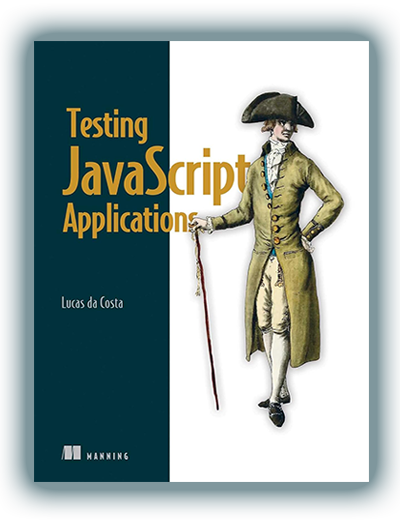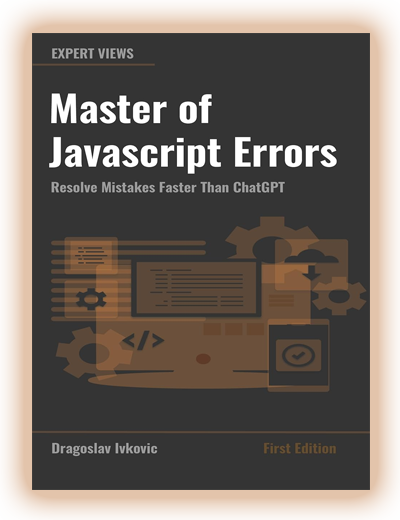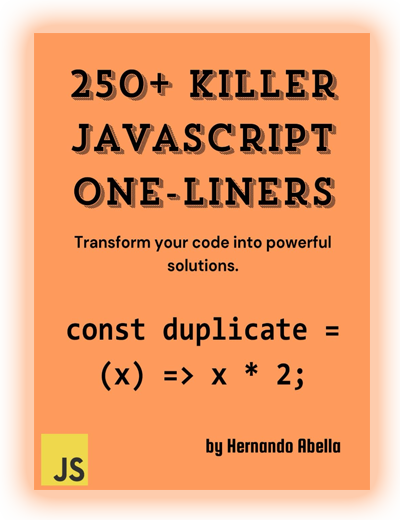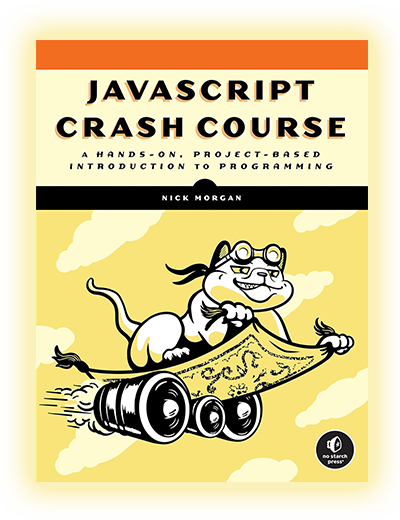"React in Depth" by Morten Barklund is designed for those who want to understand the architecture, mechanics, and advanced techniques of React. This isn't just a library, it's the foundation of modern frontend development. But most developers use only basic capabilities: components, hooks, routing. The author examines internal processes: re-rendering, reconciliation, context, optimization, and state management. The material is presented through deep diving into real cases and techniques used by experienced developers.
Download "React in Depth" right now to move from component level to system level: understand how to optimize performance, why components behave in certain ways, and how to create architecture that won't need rewriting in six months. You'll start consciously applying hooks, reducing render load, structuring logic, and avoiding typical React pitfalls.
What New Things About React Will You Learn from Reading This Publication?
This training guide will teach you to write fast, readable, and scalable React applications using advanced patterns and approaches.
- How re-rendering and reconciliation work under the hood
- Working with useMemo, useCallback, useReducer hooks — correctly and purposefully
- Component optimization: memoization, lazy loading, code splitting
- Deep work with context: avoiding unnecessary re-renders
- Separating logic and presentation: hooks-first architecture
- Developing custom hooks and their refactoring
- Effective work with React 18 and concurrent rendering
- Testing approaches: RTL, mocking, and best practices
Who Should Read "React in Depth" Today?
This edition is designed for experienced developers who need not just to use React, but to understand it deeply.
- Frontend developers at middle/senior level: Learn how to structure scalable code and avoid re-render traps.
- Technical leads and architects: Get approaches for building sustainable frontend systems.
- Developers dealing with legacy projects: Find tactics for optimization and transitioning to modern stack without rewriting from scratch.
- Performance specialists: Study how to squeeze maximum from React render and manage complex trees.
Where and How Is Knowledge from This Handbook Applied?
Knowledge will be useful in:
- Optimizing high-load SPAs and PWAs
- Designing design systems and reusable components
- Developing UI in corporate products and B2B platforms
- Migrating applications from outdated React APIs (pre-hooks)
- Creating complex user interfaces with nested states and logic
"React in Depth" is suitable for those working on projects where React is the architecture core.
The Developer's Opinion About the Book
Delivers an in-depth, expert-level exploration of React internals — including virtual DOM, reconciliation, render optimization, context API, and advanced hooks. Each chapter offers performance tuning tips and architecture patterns for scaling apps. Best suited for senior React developers looking to elevate their skills and write elegant, maintainable UIs with top performance.
Mia Davis, Senior JavaScript Engineer
FAQ for "React in Depth"
1. Will this manual suit those who are just learning React?
No. It assumes you're already familiar with JSX, hooks, components, and React basics. The author doesn't explain basic concepts, but immediately moves to deep questions: how reconciliation works, when unnecessary re-renders occur, how to properly apply useMemo, and why context-optimized components are needed. A beginner will find it difficult to absorb the material without practice, but if you have at least 6-9 months of React development experience — this guide will take you to the next level.
2. Are architectural approaches and design patterns covered?
Yes. The author shares practical patterns: hooks-first architecture, component composition, separation of concerns, lifting state vs co-locating logic. Topics of architectural decisions when building design systems, feature modules, and large applications are raised. Trade-offs between context and state managers, re-render optimization through trees, and when to extract logic into hooks vs middleware are also covered.
3. Are performance optimization techniques described?
Yes. A significant part of the reference is devoted to performance: how to reduce re-renders, when to use React.memo, useMemo, useCallback, how to control component tree rendering depth. Code splitting techniques, lazy loading, context optimization, and effects management are also given. It explains how to profile with DevTools and analyze problematic render areas. These topics are critically important for applications with large amounts of data or interactive elements.
4. Does "React in Depth" support current React versions?
Yes. The author relies on React 18, including explanation of concurrent features, suspense, automatic batching optimization, and approaches to transitioning to new APIs. New context capabilities and SSR features are also discussed. All examples are current and tested with latest stable library versions.
5. Does this manual cover component testing and debugging topics?
Yes. Testing approaches using React Testing Library, unit and integration testing of hooks and components are covered. API mocking, debugging through act, simulating user behavior, and testing side effects are also discussed. This is especially important for developing complex components and verifying UI logic. Best practices are given for writing maintainable and stable tests that focus on behavior rather than implementation.
6. Are topics of backend interaction and APIs covered?
Yes, but briefly. The main focus is on frontend architecture, but best practices for working with fetch, axios, custom hooks for data loading, request optimization, caching, and UI-server synchronization are covered. These sections don't overwhelm you, but give clear understanding of how to build reliable data fetching layers without redundancy.
Information
| Author: | Morten Barklund | Language: | English |
| Publisher: | Manning | ISBN-13: | 978-1633437340 |
| Publication Date: | August 27, 2024 | ISBN-10: | 1633437345 |
| Print Length: | 432 pages | Category: | JavaScript Books |
Get PDF version of "React in Depth" by Morten Barklund
Support the project!
At CodersGuild, we believe everyone deserves free access to quality programming books. Your support helps us keep this resource online add new titles.
If our site helped you — consider buying us a coffee. It means more than you think. 🙌

You can read "React in Depth" online right now!
Read book online* →*The book is taken from free sources and is presented for informational purposes only. The contents of the book are the intellectual property of the author and express his views. After reading, we insist on purchasing the official publication on Amazon!
If posting this book in PDF for review violates your rules, please write to us by email admin@codersguild.net









